Entry Type: Event - Starting with B
B-25 Bomber Crash of 1947
B-25 Bomber Crash of 1948
B-26 Bomber Crash of 1944
B-26A Bomber Crash of 1942
aka: Crash Site of AC 41-744
 B-26C Marauder
B-26C Marauder
B-47 Bomber Crash of 1960
 B-47E
B-47E
Back-to-Africa Movement
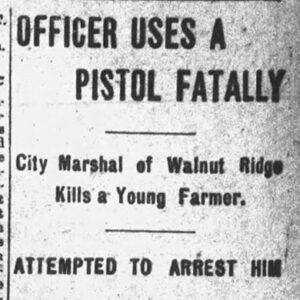 Bagley-Ridgeway Feud Article
Bagley-Ridgeway Feud Article
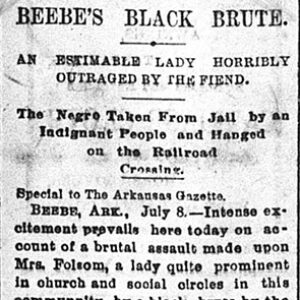 Bailey Lynching Article
Bailey Lynching Article
 Bailey Lynching Article
Bailey Lynching Article
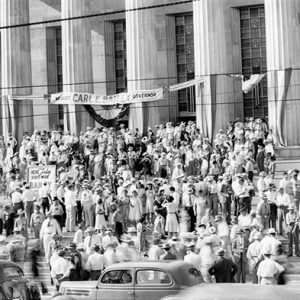 Bailey Reelection Campaign
Bailey Reelection Campaign
Bailey, George (Lynching of)
Bailey, James (Lynching of)
Bailey’s, Affair at
aka: Affair at Crooked Creek
 Baker Nuclear Test
Baker Nuclear Test
Baker, Eugene (Lynching of)
 Baker Lynching Article
Baker Lynching Article
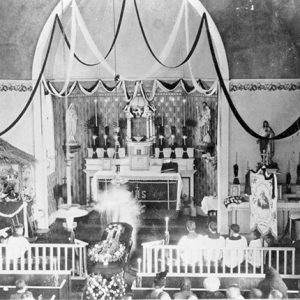 Pietro Bandini Funeral
Pietro Bandini Funeral
Banks, Isadore (Murder of)
 Baptism Service on Caddo River
Baptism Service on Caddo River
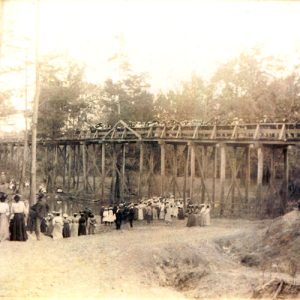 Baptism Service
Baptism Service
Baptist Health v. Murphy
Barham, Ella (Murder of)
Barker (Reported Lynching of)
 Barker Lynching Article
Barker Lynching Article
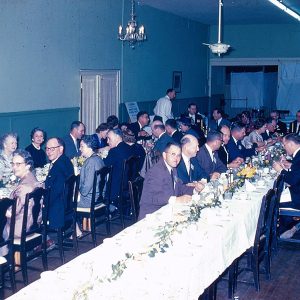 Barlow Hotel Banquet
Barlow Hotel Banquet
Barnes, Lee (Execution of)
Barnett, John (Lynching of)
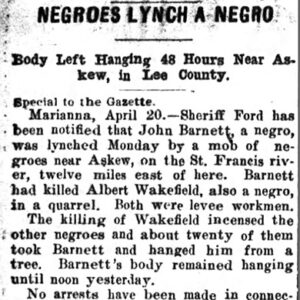 John Barnett Lynching Article
John Barnett Lynching Article
 Batesville 1915 Flood
Batesville 1915 Flood
Batesville after Freeman’s Command, Expedition from
Batesville Expedition
Batesville to Denmark, Fairview, Hitcher’s Ferry and Bush’s Ford, Scout from
Batesville to Devil’s Fork of the Little Red River, Expedition from
Batesville to Elgin, Expedition from
Batesville to near Searcy Landing, Expedition from
Batesville to West Point, Grand Glaize, Searcy Landing, etc., Scout from
Batesville, Skirmish at (February 4, 1863)
Batesville, Skirmish at (May 3, 1862)
 Battle of Arkansas Post
Battle of Arkansas Post
 Battle of Arkansas Post
Battle of Arkansas Post
 Battle of Arkansas Post
Battle of Arkansas Post
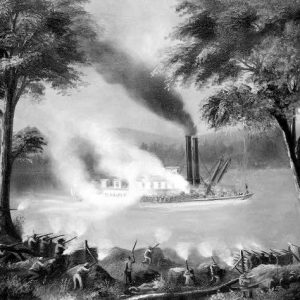 Battle of Palarm
Battle of Palarm
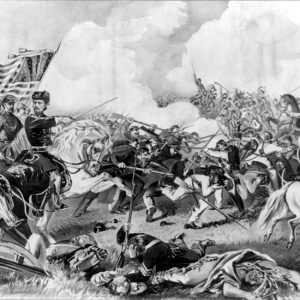 Battle of Pea Ridge
Battle of Pea Ridge
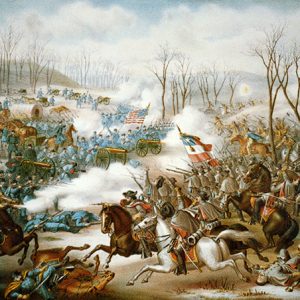 Battle of Pea Ridge
Battle of Pea Ridge
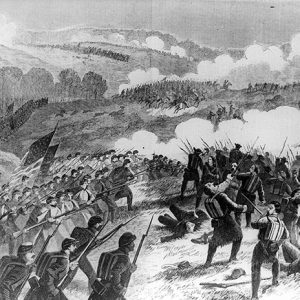 Battle of Pea Ridge
Battle of Pea Ridge
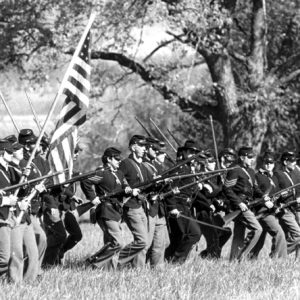 Battle of Prairie Grove
Battle of Prairie Grove




